
World
22:51, 01-Oct-2018
Inside Yemen: People in desperate need of aid struggle to survive
Updated
22:37, 04-Oct-2018
CGTN's Natalie Carney
02:36
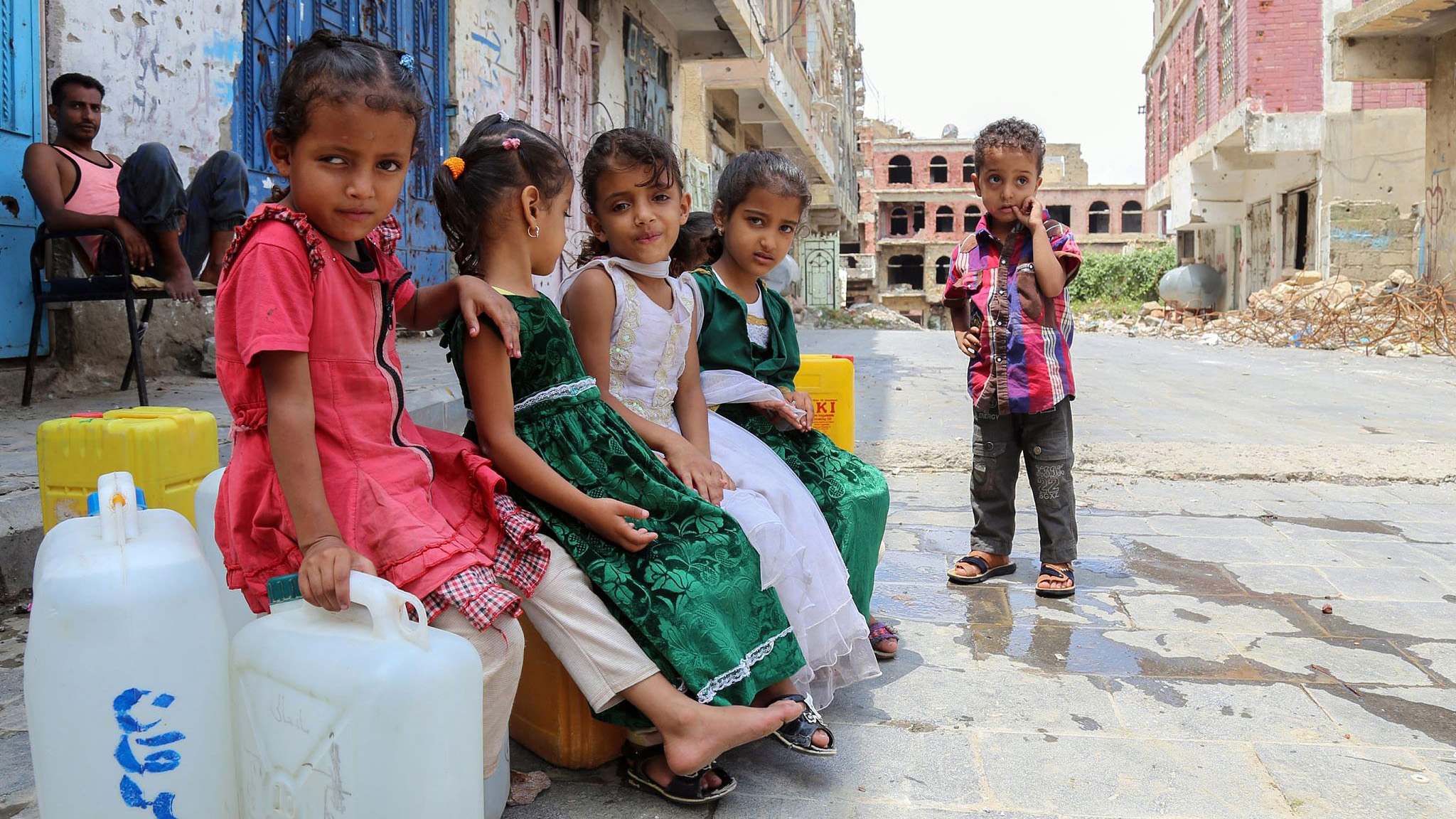
Yemen has been suffering under many pressures of war for nearly four years. Tens of thousands have died and 22 million people, 75 percent from Yemen, are in need of emergency aid, making the country the world's gravest humanitarian crises.
Human cost
According to the United Nations (UN), more than 28,000 people have been killed or wounded in Yemen since 2015. Thousands have died in the fighting, and thousands more by preventable causes such as starvation and disease.
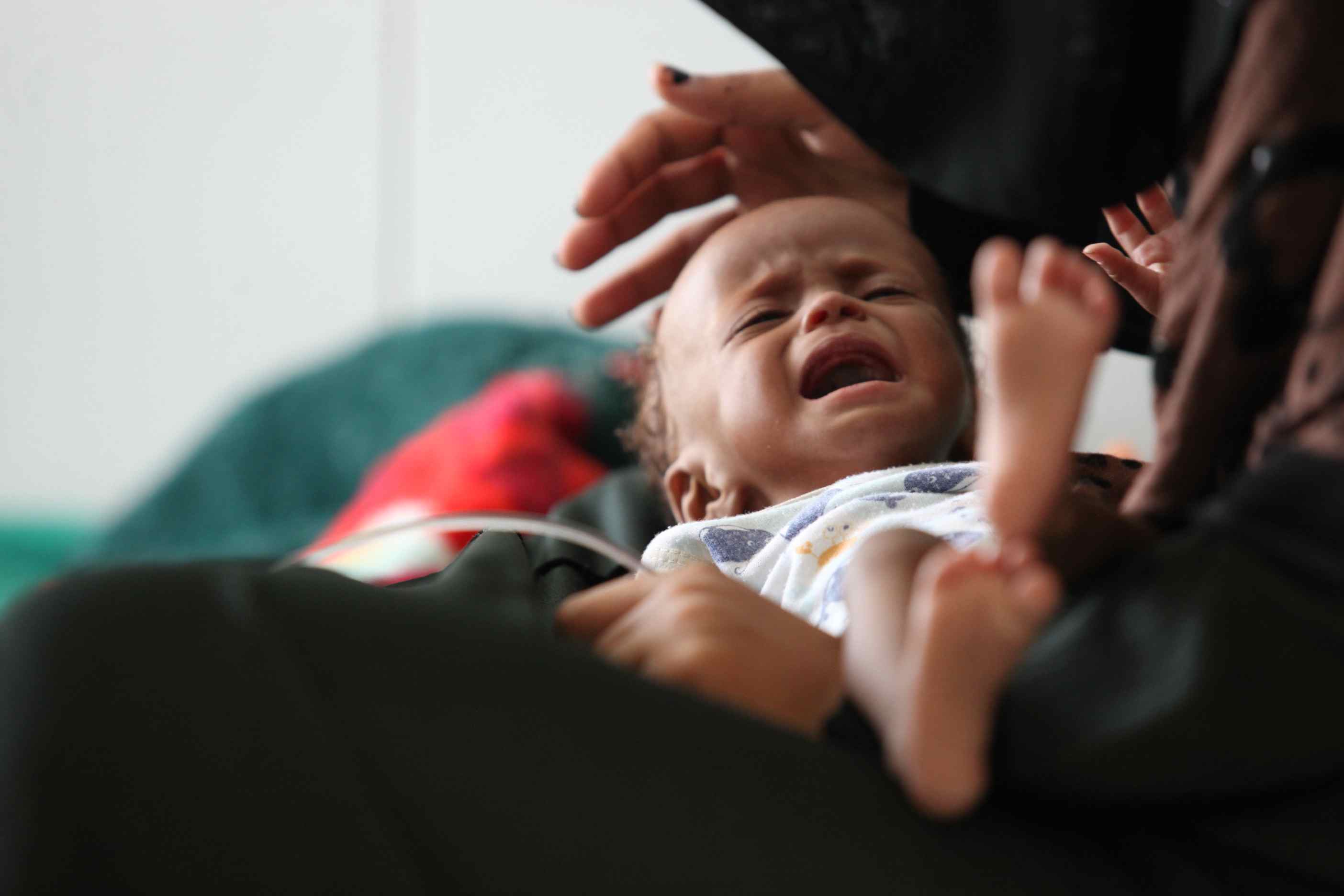
Head of The World Food Program in Aden says the food security situation in Yemen is the worst ever. /CGTN Photo
Head of The World Food Program in Aden says the food security situation in Yemen is the worst ever. /CGTN Photo
Dr. Aida H.M Alsadeeq, a pediatric medical consultant from Aden's Al Sadaka hospital, works with the World Health Organization (WHO) to establish the indicators for different degrees of malnutrition. She is currently working with the WHO to expand those indicators to reflect the unhistorical severity of cases that she is seeing.
Head of the World Food Program in Aden, Mohammed Ali Mohammed, said, "The food security situation in Yemen is the worst ever in any kind of emergency operation that has ever happened."
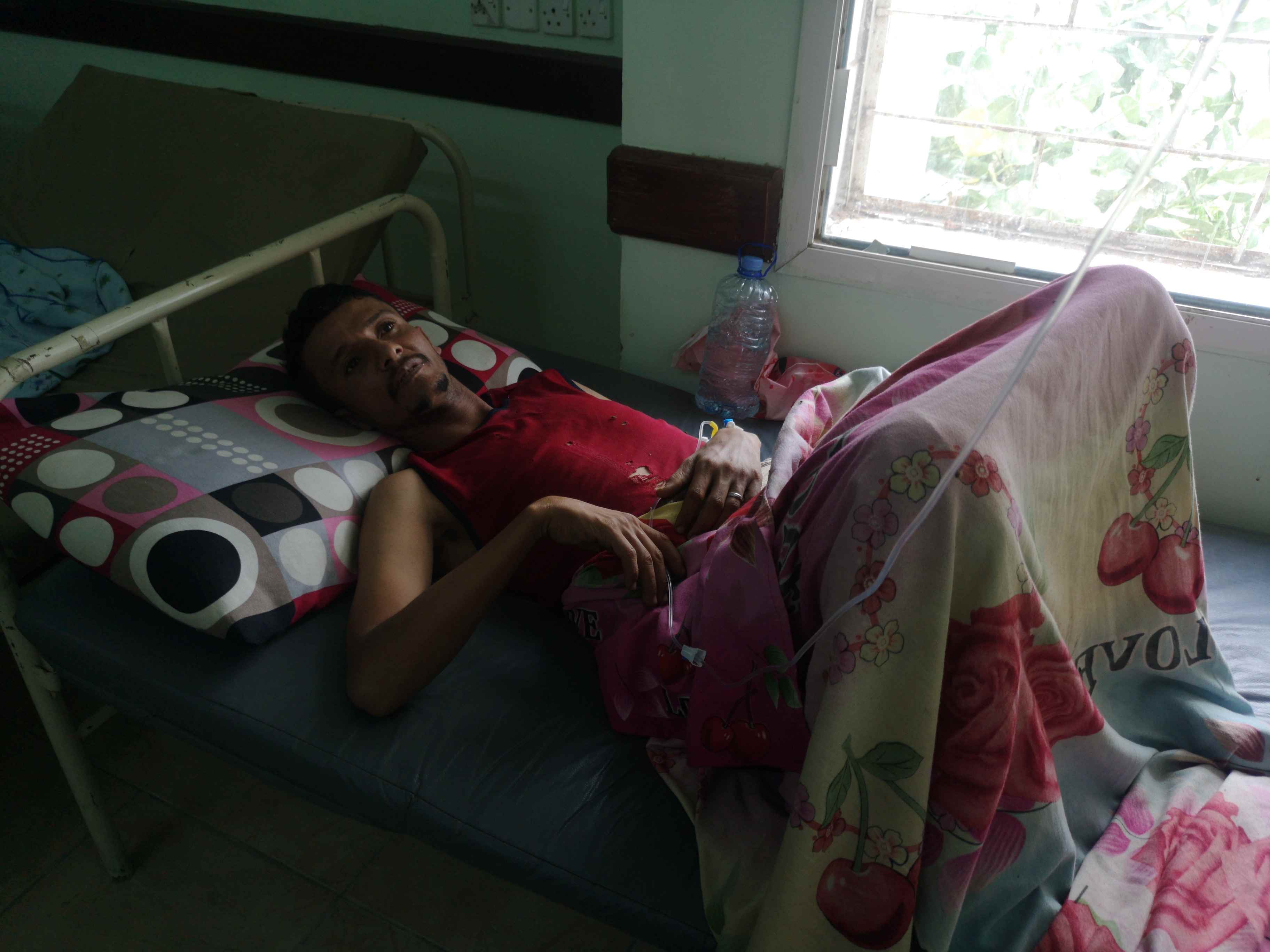
Yemen is also facing the largest documented cholera epidemic in modern times. /CGTN Photos
Yemen is also facing the largest documented cholera epidemic in modern times. /CGTN Photos
Yemen is also facing the largest documented cholera epidemic in modern times. More than one million have been infected by the disease in the last two years as living conditions continue to get worse due to the war.
Cholera spreads through contaminated food or water and has already killed roughly 2,400 people since 2016 and experts expect it to get worse. While care and awareness are improving across Yemen, the rate at which people are becoming infected is increasing.
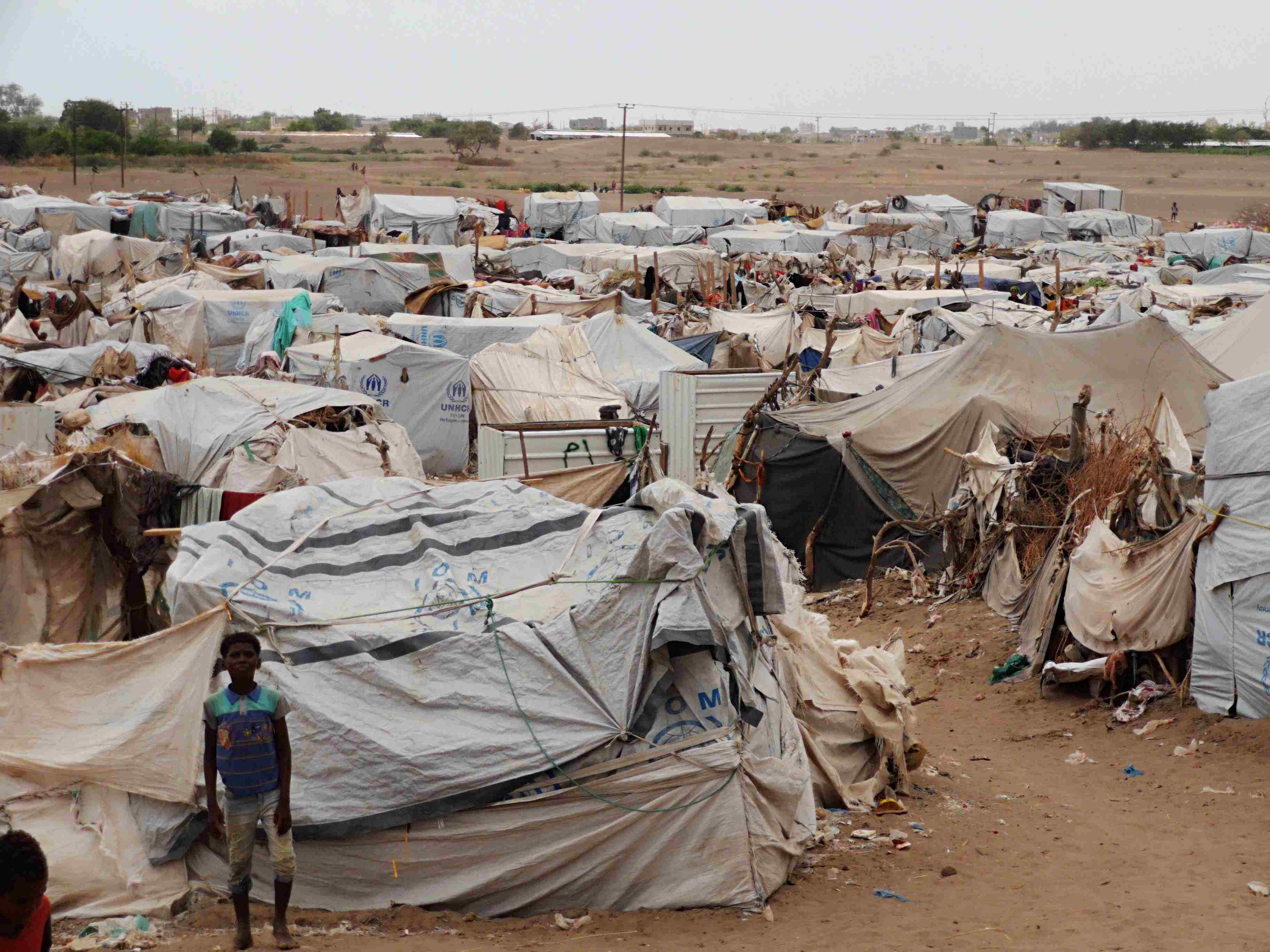
Some families are put up in small tent camps that have been set up across the country by different NGOs. /CGTN Photo
Some families are put up in small tent camps that have been set up across the country by different NGOs. /CGTN Photo
The continual fighting has also forced millions leave from their homes. According to the UN and the International Organization for Migration, more than three million Yemenis have been internally displaced.
Some find shelter with family members in other parts of the country. Some families are put up in small tent camps that have been set up across the country by different NGOs. Others, however, have no choice but to take refuge in any form of shelter they can find.
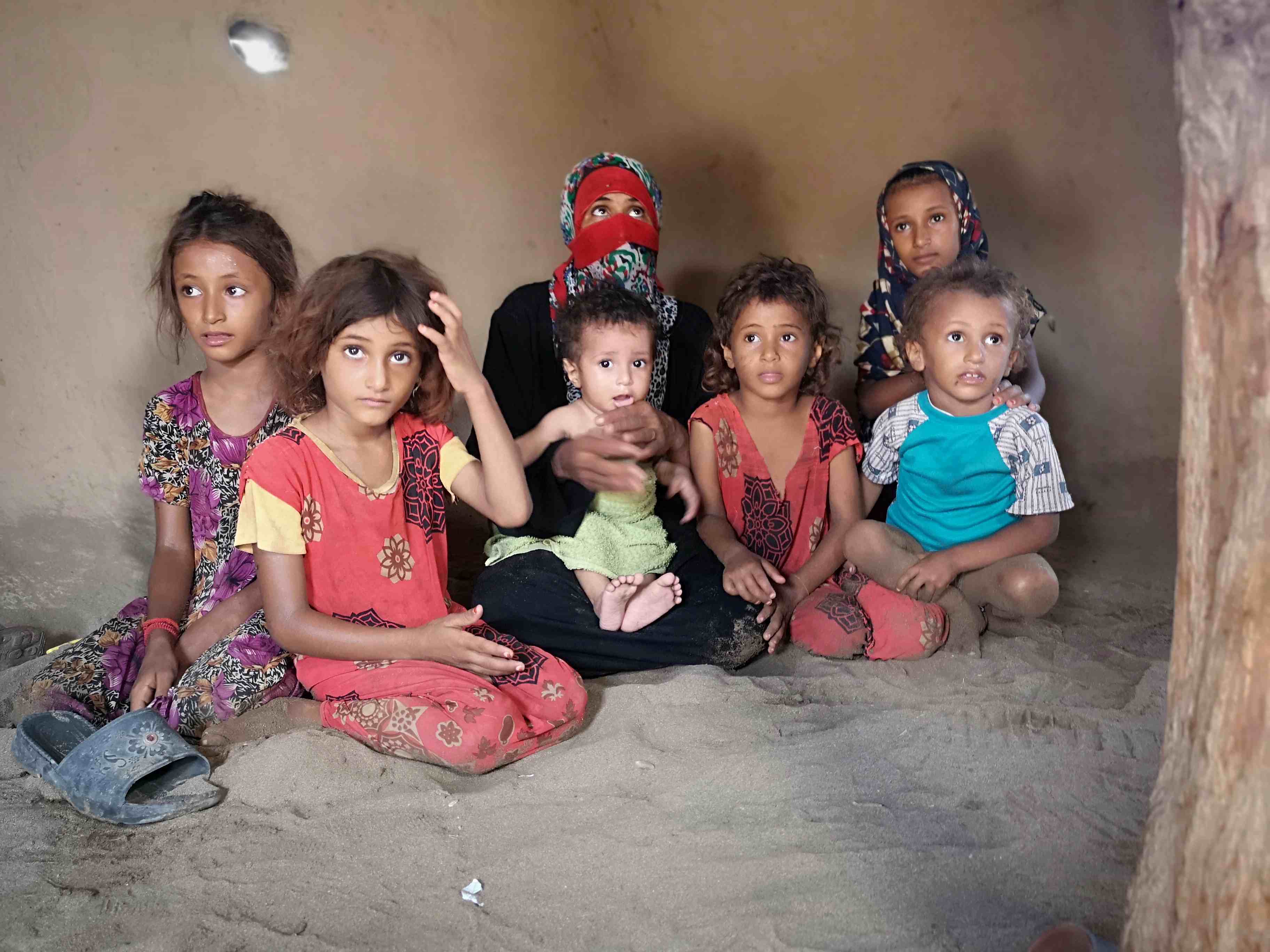
According to the UN and the International Organization for Migration, more than 3 million Yemenis have been internally displaced. /CGTN Photo
According to the UN and the International Organization for Migration, more than 3 million Yemenis have been internally displaced. /CGTN Photo
Economy
Yet many Yemenis will argue that exorbitant price hikes are what is affecting them the most. The insecurity across the country and occasional blockades of ports and roads has caused trade to all but stop and pushed prices sky-high.
The country's riyal has lost more than half of its value against the American dollar (USD) making the most basic commodities out of reach for millions of people.
A local bakery in the southern port city of Aden says the price of flour alone has gone up from 6,000 riyals to over 12,000.
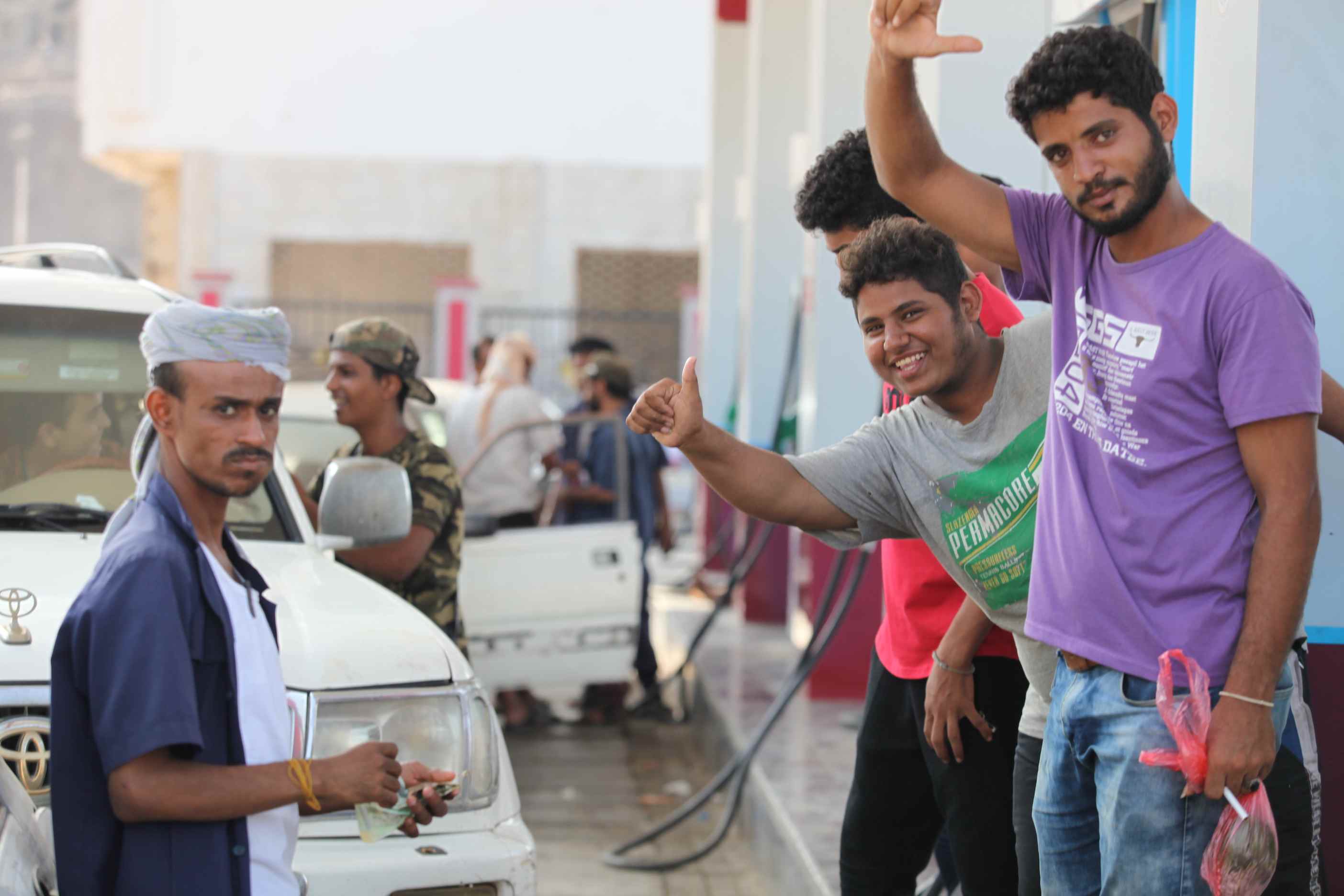
People line up for hours to buy petrol at black market. /CGTN Photo
People line up for hours to buy petrol at black market. /CGTN Photo
People line up for hours to buy petrol at black market as shipments to the country's ports have been drastically reduced. With regular electricity only available in the big cities for an hour or two a day, those who can afford it have switched to solar power, but it is a luxury only a few can have.
Tafiq Abdilghani Abdullah, who sells solar panels, says the price for one can run anywhere from 150 to 600 US dollars. Many schools have closed as there is no money for teachers and parents, they can no longer afford school supplies or clothing.
Soaring prices have also limited access to basic and life-saving medicines, such as chemotherapy.
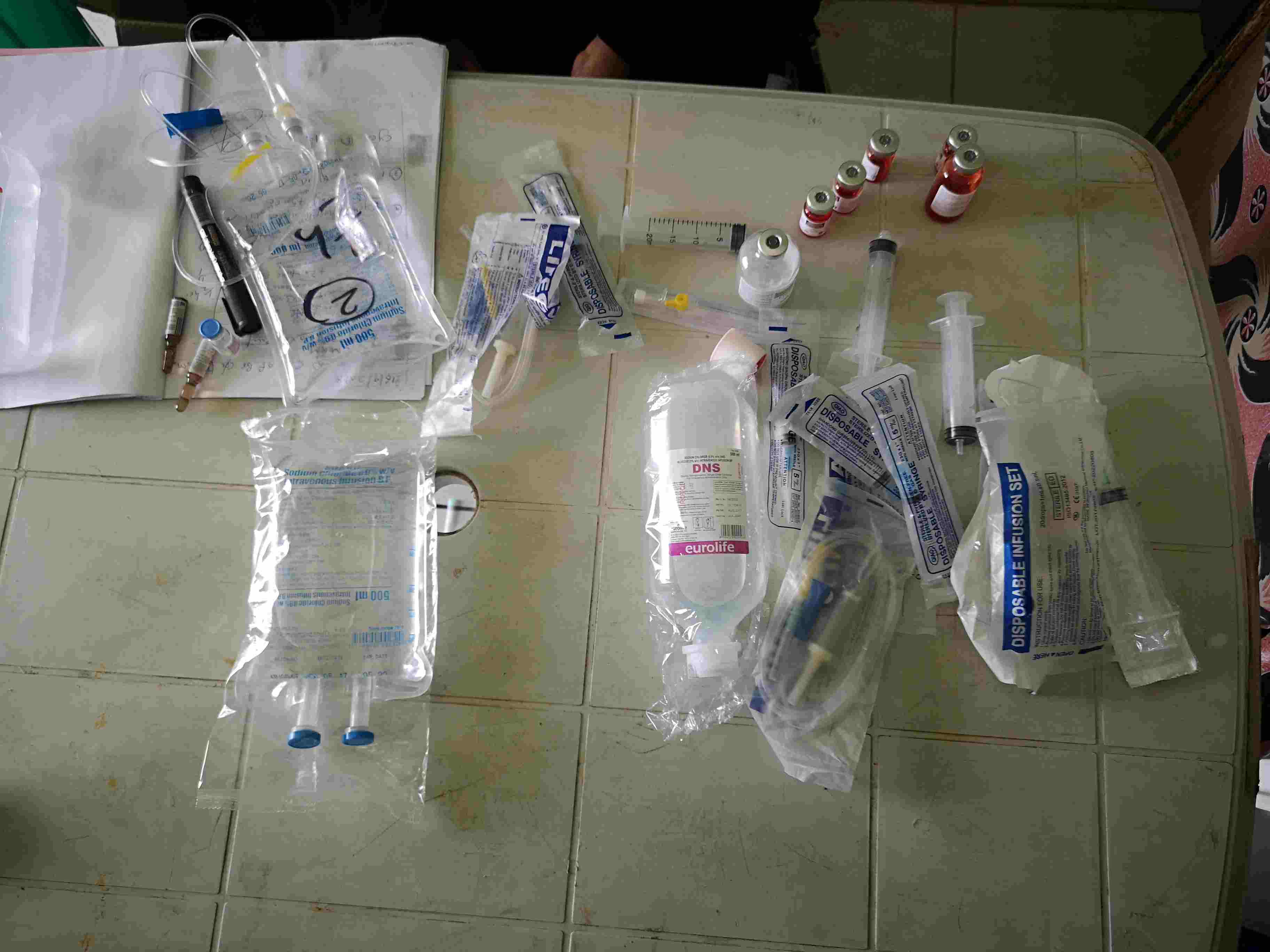
Soaring prices limit the access to basic and life-saving medicines in Yemen. /CGTN Photo
Soaring prices limit the access to basic and life-saving medicines in Yemen. /CGTN Photo
Dr. Sayed, a clinical oncologist at Al Sadaka hospital in Aden said most patients don't have access to enough dosages of the drug to make it effective. "The increase of the US currency led to the increase of the chemotherapy. One dosage used to cost 100 US dollars, and it's about 500 to 1,000 US dollars. Some others even cost as much as 2,000 US dollars."
All this has led aid agencies to voice concern that this economic crisis has the potential of killing more people than the fighting.
A challenging political transition in 2012 erupted into war, further stretching the country's already struggling economic situation. Then in 2015, a Saudi-led coalition joined in support of the Yemeni government against the Houthis movement, escalating the scale of bombings and fighting.
A second attempt at UN-brokered peace talks earlier this month failed, leaving the road to peace negotiations nowhere in sight.
Some 27 million Yemenis are still struggling to survive.
(Cover photo: Displaced Yemeni children from Hodeida Province sit on water containers in a street in the province of Taez, September 30, 2018. /VCG Photo)

SITEMAP
Copyright © 2018 CGTN. Beijing ICP prepared NO.16065310-3
Copyright © 2018 CGTN. Beijing ICP prepared NO.16065310-3